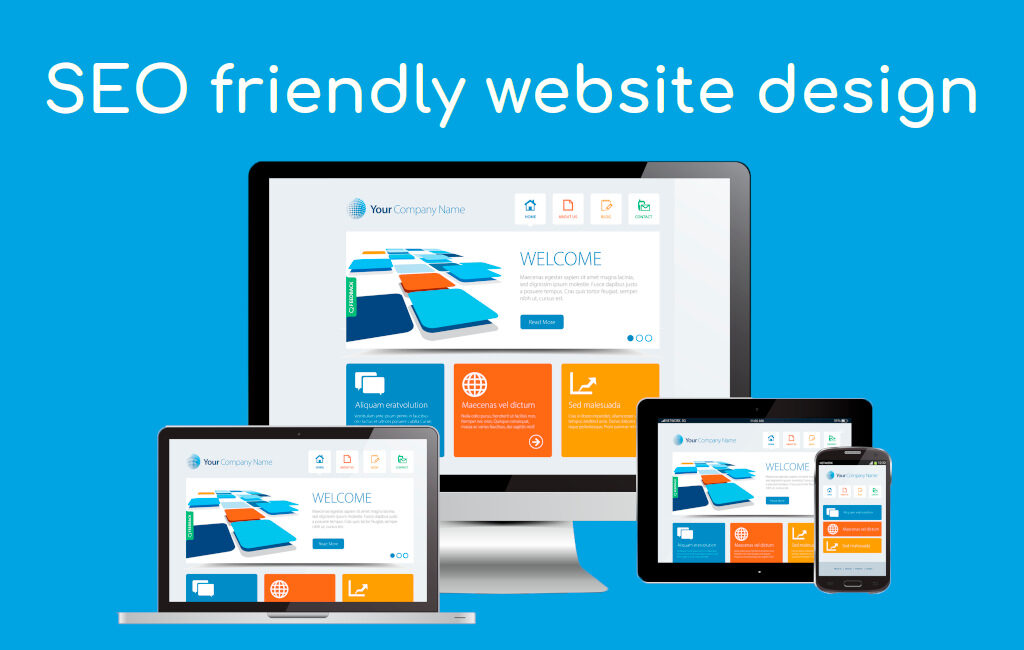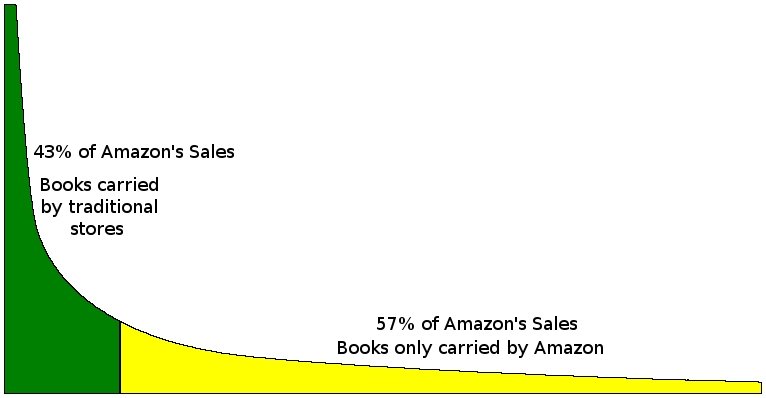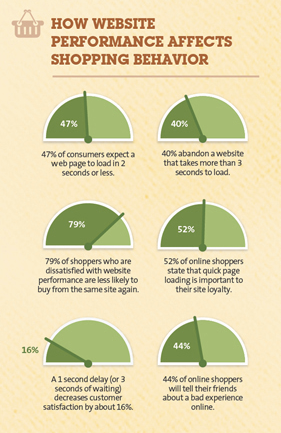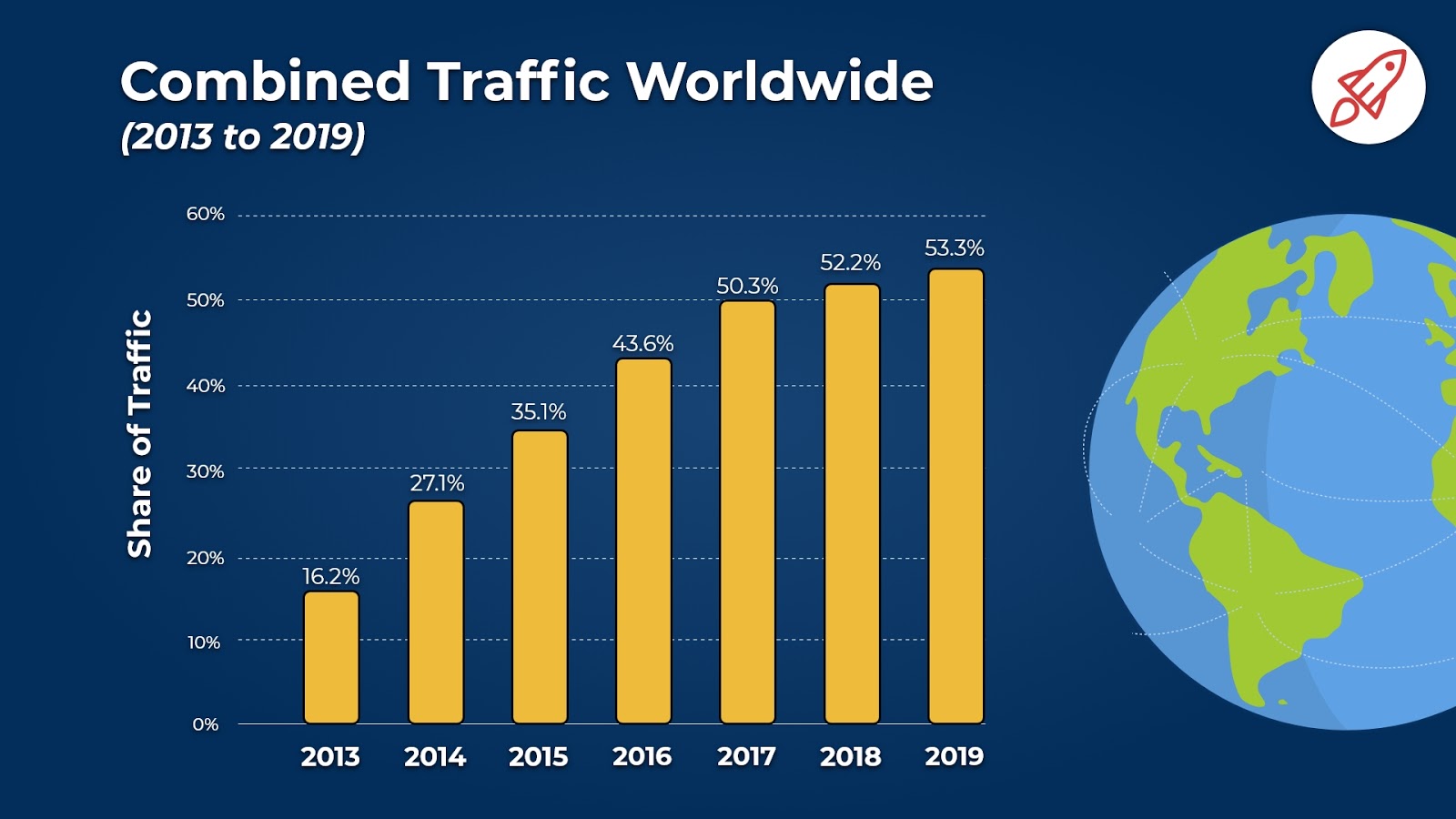Hey there. Does your website need help in growing traffic? Has it been struggling to get a higher rank in the Google search results? Here’s the perfect solution: Make it a more SEO-friendly website.
Many business owners, despite focusing on certain keywords and crafting impeccable content, often have trouble driving more traffic to their page. This is because they’re not using the proper optimization techniques.
A website isn’t just about creating exceptional content, although it does play an integral role. To get the most out of your site, you want to design and develop it in such a way that it will attract a huge following and land a great spot on search engine result pages. This is where the help of an SEO company may come in.
In this post, you will discover five ways to design an SEO-friendly website. Keep these things in mind, stick to them, and you’ll be seeing a surge in traffic.
-
Create Content to Target Important Keywords
As you probably know by now, content creation is a fundamental part of your website. Not only does creating impressive content drive traffic, but it also helps you target valuable keywords to get interested leads to engage on your page.
Choosing your topic is the first step in content creation. This is basically where keyword selection comes into play.
Since keywords are responsible for triggering your site to appear in search results, you have to make sure that you use the right terms. To do this, conduct keyword research.
If you’re unaware yet, keyword research is actually the only way to figure out what users are typing into their search engines. It helps you avoid creating content that no one is looking for. More importantly, it allows you to find relevant phrases for your SEO listing and learn the value of each of those terms.
A great tip is to focus on long-tail keywords, which are keywords that contain three or more words. Because these phrases are longer and more specific, your website will be getting an organic traffic boost.
For instance, instead of targeting “children’s books”, which is highly competitive, you can rank higher if you target “best bedtime books for preschoolers” in your title.
Companies that have researched and targeted long-term search terms have seen a drastic increase in organic traffic and rankings. Take Amazon, for example. As you can see below, the world’s #1 shopping site has generated 57% of its sales from long-tail searches.
When you target keywords within your content, you help your business appear in more relevant search results. In turn, this allows you to drive more traffic to your site and improve your site’s overall performance. Without a doubt, integrating the right keywords creates a more SEO-friendly website.
-
Focus on High-Quality Content
Experts say that the relevance of an SEO-friendly website goes hand in hand with its content.
If your website has rich and valuable content that many people will find useful, expect wonderful rewards from Google and the rest of the search engines. However, if it contains features that are too generic, the chances of it getting a high rank are super thin.
To come up with high-quality content, you’ll need to define your target audience first. What type of people are most likely to enjoy your content? Will teens and young adults benefit from your website, or is it only appropriate for middle-aged folks?
Once you’ve figured out who to write for, think of ways to create content that’s beyond average. One such way is by doing your research.
Study five to 10 articles that are similar to the topic you plan to write about. Explore the content, take note of the things that need improvement, and make a list of possible optimizations.
After gathering all the information you need, you or an SEO company should be able to craft content with the help of your newfound knowledge.
Here are a few other tricks to give your website quality content:
- Aim to write long-form content. Most content marketers agree that producing longer articles is a fantastic way to engage with readers and offer them a rewarding experience.
- Add visuals. Images, videos, graphs – you name it! Just make sure that they’re related to your topic.
- Use short sentences. Readability and sentence length are vital for SEO. Short sentences are easier to digest. Easier-to-digest content makes it faster for the user to find the answer they’re searching for.
- Include facts and statistics. See to it that all your sources are legit. Don’t forget to hyperlink.
-
Make Sure to Have a User-Friendly URL
Another way to design an SEO-friendly website is by creating a user-friendly URL. What do we mean by this? It should be simple, precise, and easy to remember.
As with the overall content of your website, your URL needs to have the right keywords and key phrases. The most important words should be at the beginning of the URL. Search engine spiders don’t really pay much attention to words toward the end of a long URL.
Also, try to keep your URL short. The fewer the words, the more value each of them receives from a search engine spider.
When it comes to making an effective URL, keyword repetition is a big no-no. It’s distracting and can create a horrible experience for users. Symbols and special characters should also be avoided at all costs.
Remember, the URL is the first thing Google will see to determine where your site will land in a search. Don’t let a bad URL ruin your chances of running a successful website!
-
Improve the Speed of Your Website
In case you didn’t know, your site’s loading speed is actually a Google ranking factor. If your pages are loading at an extremely slow pace, there’s a huge possibility that your site will rank lower.
Let’s be honest, nobody likes to wait for several minutes waiting for a page to load on their computer or smartphone. They’ll just bounce to look for another site with a better experience. Unless they’re one of your loyal readers, we doubt that they’ll ever return.
Slow sites can kill conversions, too. If your site takes more than three seconds to load, you’ll lose nearly half of your visitors before they even arrive on your site. Talk about a huge loss.
In a survey on the effects of website performance on shopping behavior, 52% of consumers said that they are more loyal to sites with quick page loading. 79% revealed that they won’t return to a site with poor performance, and 44% will tell their friends about bad online experiences. Yikes!
Be sure to check your website every once in a while to determine its loading time. See how long it takes to load and what happens when you jump from one page to another.
If your site seems to be moving slowly, you can speed it up by following any of these steps:
- Enable caching. Caching improves a site’s performance by storing unwanted data in a temporary storage area.
- Optimize your images. Higher quality images have become an issue for page speed. Use JPEG format for images with many colors and PNGs for simple images. See to it that your images are no larger than they need to be.
- Use a content distribution network. CDNs are networks of servers used to distribute the load of delivering content. To provide users faster access to your site, multiple copies of it are stored at geographically diverse data centers.
- Improve your server response time. Look for performance bottlenecks such as slow routing, lack of adequate memory, or slow database queries, and fix them. The ideal server response time is lower than 200 milliseconds, and that’s according to Google.
-
Make Your Website Compatible for Mobile Phones
Did you know that mobile-friendliness is now a ranking issue in Google’s algorithm? If your site’s not optimized for mobile yet, now’s the time to start working on it!
These days, more and more people are using their mobile devices to surf the net – and we’ll only see those numbers growing as time goes by. You might even be surprised to learn that over half of all website traffic worldwide now takes place on smartphones.
The fact of the matter is, having a mobile-friendly website is no longer an option, but a must. If your visitors aren’t satisfied with your site’s mobile performance, you’ll drive away a significant portion of your traffic AND hurt your search engine rankings.
So, what can you do to impress your mobile visitors? Find out some of the simplest tricks below!
- Choose simple designs. Since mobile users are notorious for their short attention span, you should keep things as simple as possible. That way, you have the reassurance that they’re 100% focused on the content you want them to see.
- Use large font sizes. No one likes reading articles with 10px on a tiny screen. Give your readers a pleasant mobile experience by using at least 14px on your web pages.
- Pick a responsive theme. Responsive themes are mobile-friendly website templates, which means that they provide smartphone users a high-quality display of their site.
- Don’t block Javascript, CSS, or image files. These are the backbones of a responsive, mobile-friendly site. Keep them.
In Conclusion
Designing an SEO-friendly website is one of the most effective strategies to drive more traffic and give it a favorable ranking in search engines. The more optimized your site is, the greater its chance of appearing in more relevant search results is.

























One Response